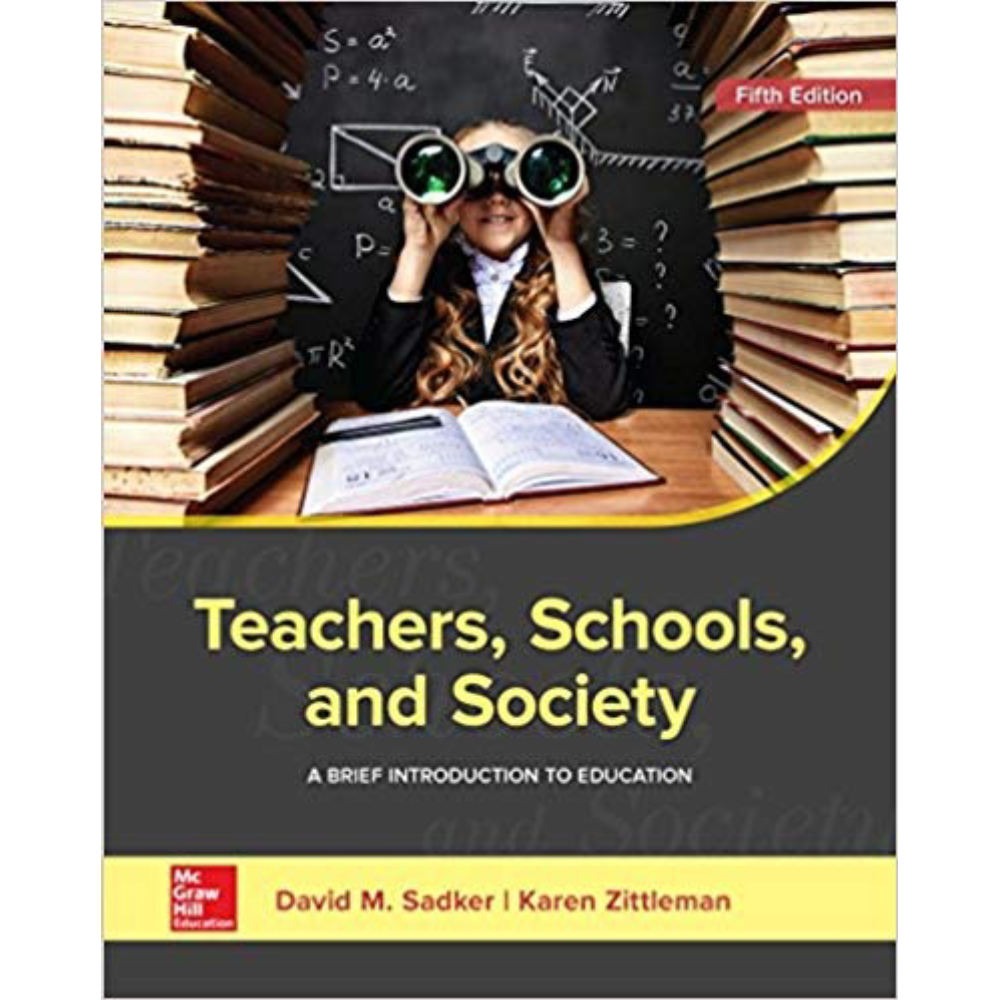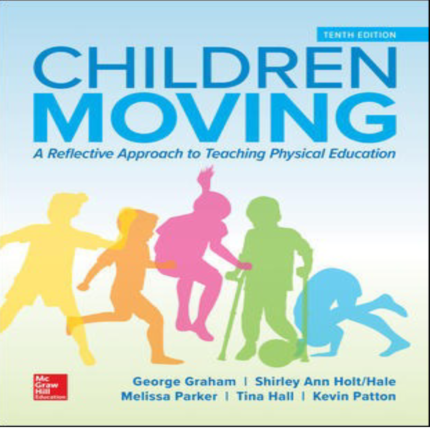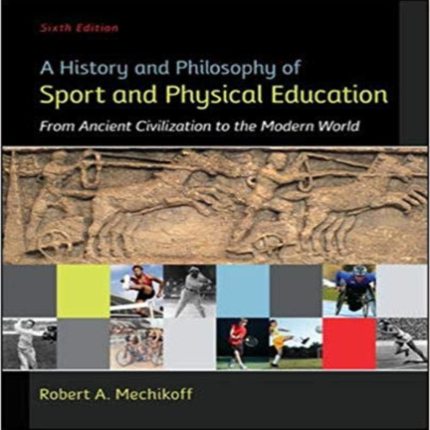Teachers, Schools And Society A Brief Introduction To Education 5th Edition By David -Test Bank
Chapter 11 Becoming an Effective Teacher
1) In Alice’s classroom, the great majority of her students do well academically. When she is asked about why she feels she is such a successful teacher, she says that she structures her instruction in such a way that her students can do well either way, working with her directly or on their own. She says that her students often do even better working on their own than with her. Alice’s classroom best exemplifies:
A) engaged time.
B) allotted time.
C) flexible instructional time.
D) academic learning time.
Answer: D
Topic: Learning Time
Learning Objective: 11.2: Illustrate the various ways in which learning time is organized in a classroom.
2) During classroom discussions, Juan never names a student before asking a question. He always asks a question first and then names the student whom he wants to answer the question. According to Kounin, this is an example of:
A) dangles.
B) overlapping.
C) group alerting.
D) withitness.
Answer: C
Topic: Classroom Management
Learning Objective: 11.3: Identify the effective strategies and approaches for classroom management.
3) Students were often very distracted in Agnes’s classroom. Whenever they seemed to engage in an activity, she would just seem to say or do something totally random that had nothing to do with the lesson assigned. For example, during a review game for the test the following day, just when the students were getting into the activity, she blurted out, “Does anyone know who we are playing this Friday night”? Well, of course, the interruption stopped the game while all the students answered her question. Agnes’s behavior would best fit the phenomenon of:
A) thrusts.
B) dangles.
C) flip-flops.
D) fragmentation.
Answer: A
Topic: Classroom Management
Learning Objective: 11.3: Identify the effective strategies and approaches for classroom management.
4) In the context of classroom behavior management, a teacher who is a good behavioral manager should:
A) give freedom to the students to leave the room without permission or go to the pencil sharpener at any time, so as to become popular among students.
B) enter the classroom late to allow the students to make noise and chat for a while.
C) teach standards or norms of student behavior actively and directly.
D) avoid posting rigid rules of classroom behavior and the consequences of not following them.
Answer: C
Topic: Classroom Management
Learning Objective: 11.3: Identify the effective strategies and approaches for classroom management.
5) When schools move away from traditional autocratic teaching styles, students embrace “Habits of Goodness.” To develop these habits teachers should:
A) develop the list of rules together with their students and ensure that rules are few and fair.
B) ask students to unquestioningly obey the teacher at all times.
C) communicate to students that even though they don’t understand the reasons for every rule, rules are very important to follow.
D) ensure that the students learn to remain quiet in the classroom, do not misbehave, and learn obedience.
Answer: A
Topic: Classroom Management
Learning Objective: 11.3: Identify the effective strategies and approaches for classroom management.
6) In the context of the common patterns that can derail classroom management during times of transition, which of the following statements is true about overdwelling?
A) It is a bad habit that includes a teacher preaching, nagging, and spending more time than necessary to correct an infraction of classroom rules.
B) It is a negative pattern in which a teacher terminates one activity, begins a new one, and then flops back to the original activity.
C) It is a pattern in which a teacher breaks directions into several choppy steps instead of accomplishing the instructions in one fluid unit.
D) It is a pattern in which classroom momentum is interrupted by non sequiturs and random thoughts that just seem to pop into a teacher’s head.
Answer: A
Topic: Classroom Management
Learning Objective: 11.3: Identify the effective strategies and approaches for classroom management.
7) In the context of the common patterns that can derail classroom management during times of transition, which of the following statements is true about fragmentation?
A) It is a negative pattern in which a teacher terminates one activity, begins a new one, and then flops back to the original activity.
B) It is a pattern in which a teacher breaks directions into several choppy steps instead of accomplishing the instructions in one fluid unit.
C) It is a pattern in which classroom momentum is interrupted by non sequiturs and random thoughts that just seem to pop into a teacher’s head.
D) It is a pattern in which a teacher starts something, only to leave it hanging or dangling.
Answer: B
Topic: Classroom Management
Learning Objective: 11.3: Identify the effective strategies and approaches for classroom management.
8) In the context of common patterns that can derail classroom management during times of transition, which of the following involves a teacher breaking directions into several choppy steps instead of accomplishing the instructions in one fluid unit?
A) Thrusts
B) Overdwelling
C) Fragmentation
D) Flip-flops
Answer: C
Topic: Classroom Management
Learning Objective: 11.3: Identify the effective strategies and approaches for classroom management.
9) By making it clear why a specific piece of information is interesting and important, a teacher is trying to ________.
A) demonstrate enthusiasm
B) create a scaffolding
C) give distinct directions
D) establish clear objectives
Answer: A
Topic: The Pedagogical Cycle
Learning Objective: 11.4: Recall the steps involved in a pedagogical cycle and the roles of teachers and students in it.
10) A teacher should ask lower-order questions when students are ________.
A) working on problem-solving skills
B) being introduced to new information
C) asked to make judgments about quality, aesthetics, or ethics
D) involved in a creative or affective discussion
Answer: B
Topic: The Pedagogical Cycle
Learning Objective: 11.4: Recall the steps involved in a pedagogical cycle and the roles of teachers and students in it.











Reviews
There are no reviews yet.